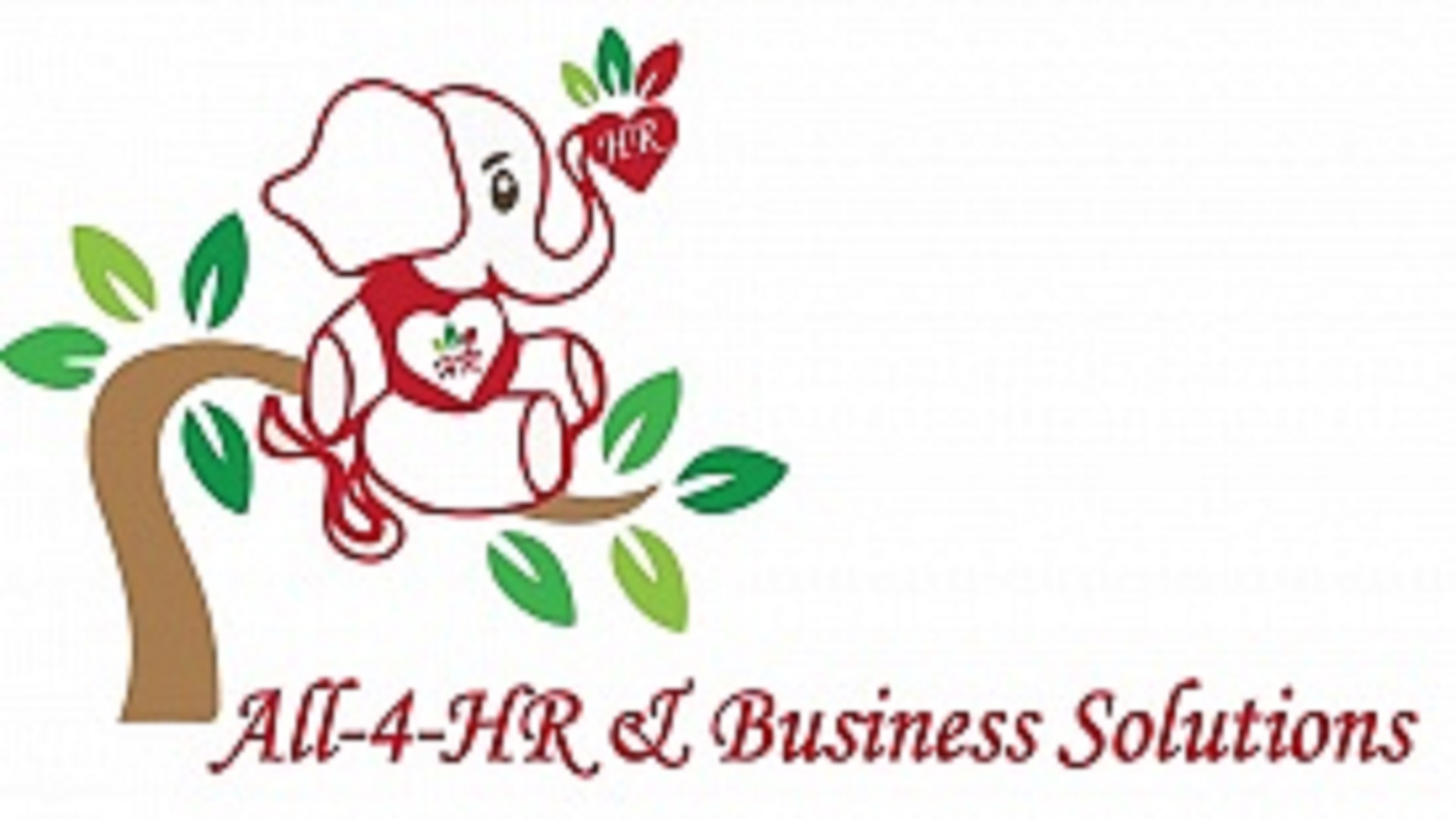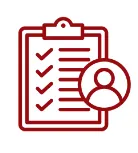“You don't build a business -- you build people -- and then people build your business.”
~ Zig Ziglar ~
Blog
Keeping clients informed on HR trends, updated labor employment laws is critical to business owners. We blog HR information regarding case studies, HR updates and HR practices and procedures on HR topics such as:
Employee Relations
Workplace culture
Labor/Employment Law updates
Workplace Wellness
Employee Handbook Updates
. . . . and so much more.
Feel free to send a message with Blog Topic suggestions.
We are committed to success of your business!!

Top 5 HR Strategies for Small Businesses to Boost Productivity.
“Productivity is Never an Accident. It is Always the Result of a Commitment to Excellence, Intelligent Planning, and Focused Effort.” - Paul J. Meyer
Top 5 HR Strategies for Small Businesses to Boost Productivity.
Introduction:
In the fast-paced world of small businesses, fostering productivity is crucial for growth and success. The HR strategies you utilize play a pivotal role in shaping a motivated workforce that drives efficiency and innovation.

Here are five impactful HR strategies tailored specifically for small-midsize enterprises (SMEs) aiming to elevate your employee productivity levels:
1. Cultivate a Supportive Work Culture.
Creating a positive work environment is foundational. You must build from within. Encourage open communication, recognize achievements, and foster a culture that values collaboration and continuous learning. When employees feel valued and supported, they become more engaged and motivated to excel.
2. Streamline Onboarding and Training Processes.
Remember your onboarding starts the moment you list your job description on the job board(s). Simplifing your onboarding procedures to ensure new hires swiftly integrate into their roles is key to acclimating your new employee(s). Develop comprehensive training programs that align with your company goals and values. Investing in employees' skills and providing the necessary resources empowers them to contribute effectively from day one.
3. Implement Performance Feedback and Recognition Programs.
Establish regular performance reviews to provide constructive feedback. Be sure to review your employes' performance periodically; not just at annual review time. Recognize and reward outstanding contributions to reinforce positive behavior throughout the year. Always encourage continuous feedback, which cultivates a growth-oriented mindset and keeps employees motivated to improve.
4. Embrace Technology for HR Automation.
Don't be afraid to leverage technology to streamline repetitive HR tasks. Implement user-friendly HR management systems to handle payroll, attendance tracking, and leave management. Automate this processes will save you time, minimize errors, and allow HR to focus on strategic initiatives.
5. Foster Work-Life Balance and Well-being.
Prioritize your employees' well-being by promoting work-life balance. Offer flexible work arrangements, wellness programs, and mental health support. A healthy work-life balance boosts morale, reduces burnout, and enhances overall productivity.
Incorporating these HR strategies will significantly impact your business's productivity and overall success. By investing in a supportive culture, efficient processes, and employee well-being, you will foster a motivated workforce that drives innovation and achieves remarkable results.
Learn What HR Metrics to Track to Boost Employee Productivity.
As you work to boost employee productivity, monitoring your HR metrics is crucial to understand your workforce dynamics and make informed decisions that can directly impact productivity.

Here are 10 Key HR Metrics to Track While Boosting Employee Productivity:
1. Employee Turnover Rate: Calculated by dividing the number of employees who left during a specific period by the average number of employees during that same period, multiplied by 100. High turnover can indicate underlying issues affecting morale, management, or workplace culture that need addressing.
2. Employee Engagement Levels: Measured through surveys, feedback, or engagement platforms. High engagement often correlates with higher productivity. Monitoring this metric helps identify areas needing improvement in communication, recognition, or work environment.
3. Absenteeism Rate: Calculated by dividing the total number of days employees are absent by the total number of available workdays, multiplied by 100. Tracking absenteeism helps pinpoint trends, such as specific departments or periods with higher absence rates, allowing for proactive measures.
4. Time to Hire: Measures the duration it takes to fill a position from the job posting date to the acceptance of an offer. A prolonged time to hire might indicate recruitment challenges or inefficient processes that can hinder productivity.
5. Training and Development ROI: Evaluates the effectiveness of training investments by comparing the cost of training to improvements in employee performance or productivity. It ensures that training initiatives contribute to the company's growth and employee skill enhancement.
6. Overtime Percentage: Measures the percentage of total hours worked that are considered overtime. High overtime rates might indicate workforce stress, inefficiencies, or resource constraints impacting productivity.
7. Revenue per Employee: Calculates the average revenue generated by each employee. A higher ratio often indicates better productivity and efficiency in utilizing human resources to generate income.
8. HR-related Costs per Employee: Includes all costs related to HR activities (salaries, benefits, recruitment, training, etc.) divided by the number of employees. Tracking this metric helps assess the efficiency of HR spending and identify areas for optimization.
9. Performance Metrics: Specific to roles and departments, these metrics could include sales targets, project completion rates, customer satisfaction scores, or other KPIs relevant to individual job functions. Linking these to HR efforts can highlight areas for improvement or recognition.
10. Employee Feedback and Satisfaction Scores: Utilizing surveys or feedback mechanisms to gauge employee satisfaction and collect insights on workplace culture, management effectiveness, and overall job satisfaction. Addressing areas of concern can enhance morale and subsequently improve productivity.
Regularly analyzing these HR metrics enables you to gain valuable insights into your workforce dynamics, make data-driven decisions, and implement targeted strategies to optimize productivity effectively.
Conclusion:
Remember, the key lies not only in implementing these HR strategies but also in continuously evaluating and adapting them to meet the evolving needs of your workforce and business environment. A focus on nurturing your greatest asset, your people, will undoubtedly lead to sustained growth and success for your small business!

April D. Halliburton, Expert SME HR Business Partner, Consultant and Visionary
Founder, President of All-4-HR & Business Solutions LLC

~ Business Can Be Like a Circus -- Don't Let HR Be the Elephant in the Room! ~
What Are Our Clients Saying?


"All-4-HR's comprehensive services exceeds our company's expectations from recruiting, hiring, onboarding, retention and termination, we have done it all. This is our first year hiring employees and we have learned so much and achieved creating a culture of accountability in our space because of our partnership. Thank you."
Fletcher Daniels
CEO of Windows


April's passion for implementing HR policies, procedures, and practices to consistently and systematically operate and grow your business is exceptional. The HR Foundation program covers step-by-step training guidelines and HR forms that are required to set up a strong HR Foundation. April has transformed the way I manage and grow my team by implementing HR policies and procedures, while facilitating HR compliance, specifically to meet the needs of my company. She removes the guesswork out of HR, so I can focus on doing what I love, growing my business.
I would absolutely recommend April of all for HR Business Solutions for her HR expertise and program.
Angela,













